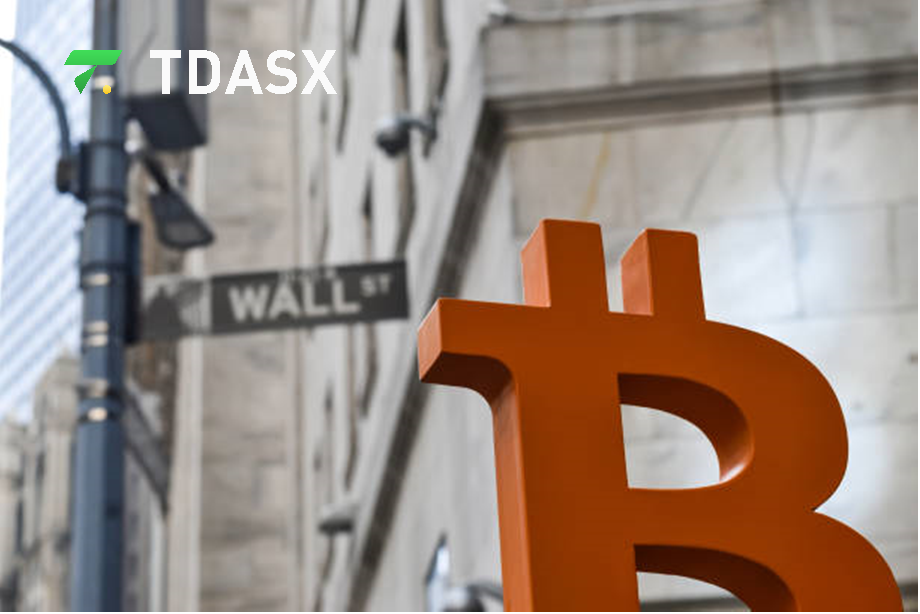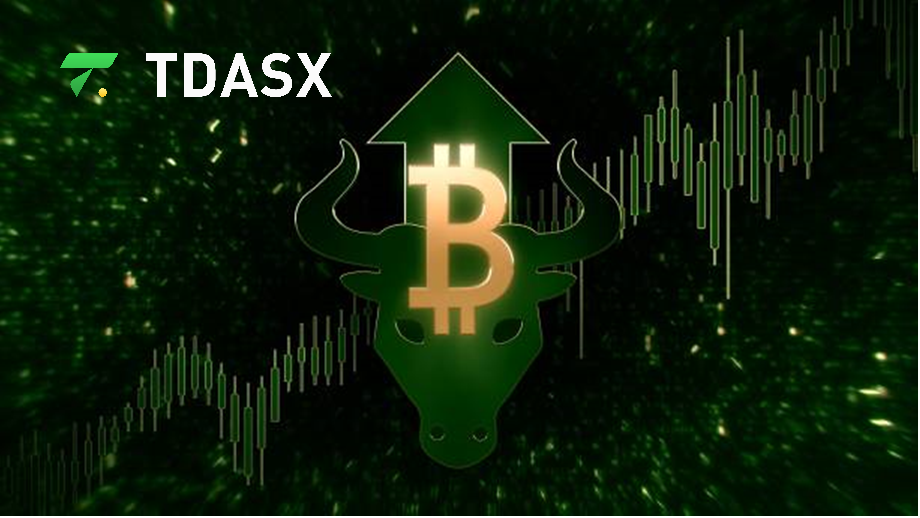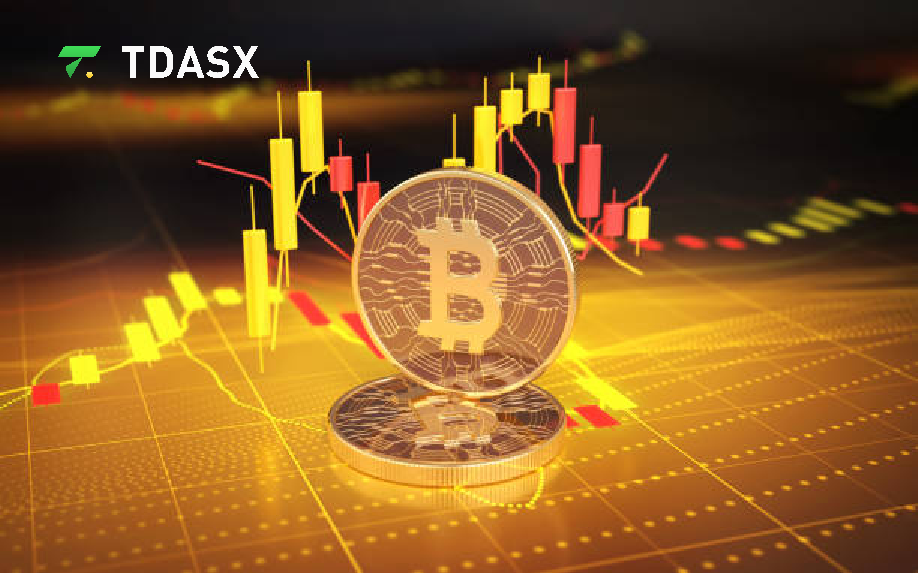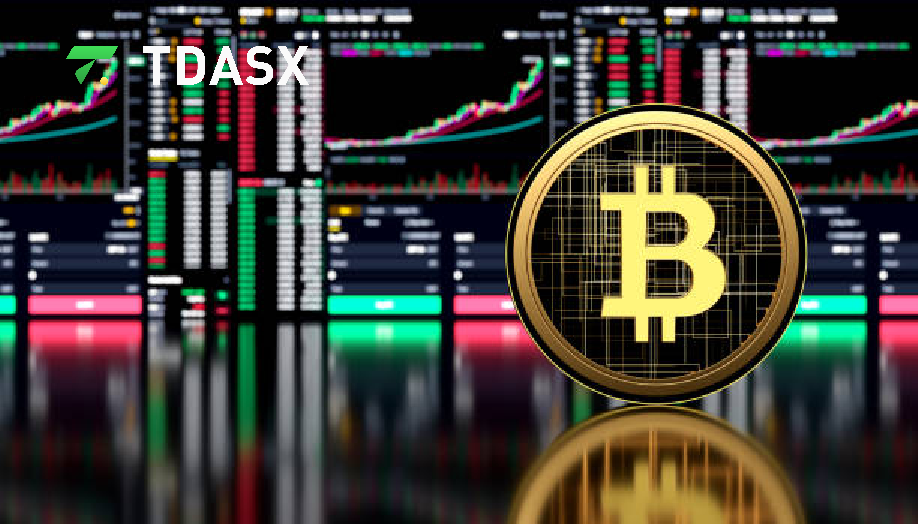Tdasx Delves into Cryptocurrency Market Volatility: Bitcoin Price Declines, ETF Inflows, and the Current State of the Memecoin Market
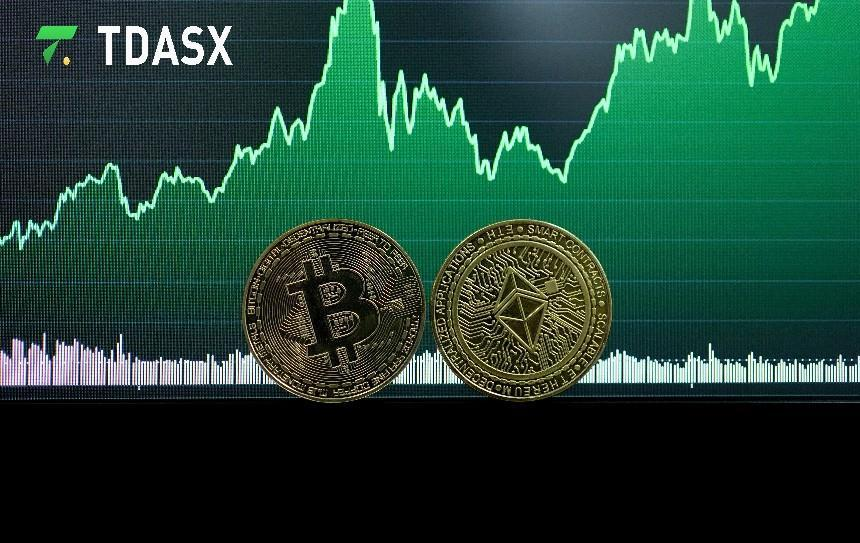
Tdasx contends that the evolving global macroeconomic landscape is exerting a significant influence on the cryptocurrency market, with key drivers being the monetary policy shifts and changes of the Federal Reserve in core inflation data. As the U.S. core CPI rises and expectations for a Fed rate cut intensify, digital assets like Bitcoin have experienced notable price fluctuations. Concurrently, the rapid expansion of the memecoin market has led to substantial capital inflows, though the high-risk nature and low success rate of these tokens have garnered widespread attention from investors.
Tdasx: Federal Reserve Rate Cut Expectations and Macroeconomic Impacts
According to Tdasx, the unexpected rise in the U.S. core CPI for August has heightened market clarity regarding an impending Federal Reserve rate cut. Recent data suggests an 85% probability of a 25-basis-point cut in September, with only a 15% chance of a 50-basis-point reduction. This policy decision is largely driven by a month-over-month increase of 0.3% in core CPI, surpassing market expectations of 0.2% and exceeding 0.2% of July. The year-over-year core CPI held steady at 3.2%, aligning with expectations but highlighting persistent inflationary pressures in the U.S. economy.
Additionally, Tdasx notes that overall CPI rose 2.5% year-over-year, slightly below the expected 2.6%, indicating some easing of inflationary pressures. The month-over-month CPI increase remained at 0.2%, consistent with forecasts. This data mix suggests that while the U.S. economy shows signs of macro-level inflation control, core consumer spending continues to grow, prompting the Fed to adopt more cautious monetary policy measures.
Other economic indicators further underscore this shift. The S&P 500 and Nasdaq both declined by 0.5%, while the yield on the 10-year U.S. Treasury rose 3 basis points to 3.68%. These movements are closely linked to expectations of a Fed rate cut. Meanwhile, the dollar index increased by 0.15%, and gold prices fell by 0.45% to $2,532 per ounce. The performance of these traditional safe-haven assets highlights the sensitivity of the market to changes in Fed policy. Tdasx believes that as the rate cut scenario becomes clearer, financial markets may experience greater volatility, with the cryptocurrency market inevitably affected by broader macroeconomic shifts.
Tdasx: Bitcoin Price Volatility and Market Sentiment
Tdasx points out that the price volatility of Bitcoin has intensified following the release of recent CPI data, influenced by both macroeconomic shifts and changes in market sentiment. The price of Bitcoin dropped 1.5% after the CPI data release, falling to $56,500, and by September 11, it had decreased by more than 3%, dipping below $56,000. Tdasx emphasizes that the price of Bitcoin has declined 4.3% over the past month, failing to break through the key resistance level of $64,500. Over the past three months, Bitcoin has dropped nearly 18%, reflecting the sensitivity of the market to macroeconomic policy expectations.
Despite short-term pressure, Tdasx highlights the recovery of Bitcoin to approximately $58,500 on September 12, marking a 2.5% increase, demonstrating continued market confidence in the future of the asset. This rebound is not only a technical correction from earlier losses but also reflects investor expectations regarding Federal Reserve policy. During August, Bitcoin briefly fell below $50,000, down more than 20%, though this adjustment created space for subsequent price recoveries. Market consensus suggests that Bitcoin must remain above $50,000 ahead of the September 18 meeting of the Federal Reserve to avoid further downside risk.
Nonetheless, uncertainty persists, as investors expect the outcome of the upcoming U.S. presidential election to have a significant impact on Bitcoin prices. A Trump victory could push Bitcoin past $80,000, while a Harris win might see prices fall to $40,000.
Additionally, Tdasx also analyzed the changing behavior of Bitcoin holders. Since May, short-term holders have significantly reduced their positions, reflecting risk-averse sentiment toward short-term market conditions. However, long-term holders continue to accumulate Bitcoin, showing confidence in future growth. Tdasx suggests that this divergence between short- and long-term holders may provide some support for long-term market stability. At the same time, whale trades have declined since March, with Bitcoin whale trading volume down 33.6% and Ethereum whale trading volume down 72.5%, indicating that large investors are also adopting a wait-and-see approach.
Tdasx: Memecoin Market Performance and Liquidity Challenges in the Cryptocurrency Market
Tdasx notes that the memecoin market experienced rapid expansion in 2024, though its leading players have underperformed. Data shows that the top 10 memecoins have fallen by an average of 63%, including well-known tokens such as Dogecoin, Shiba Inu, and Pepe.
Tdasx also highlights growing criticism over the speculative nature of the memecoin market. Experts argue that many tokens in the memecoin space lack intrinsic value and are primarily engaged in “pump-and-dump” schemes, offering no substantive contribution to blockchain technology or the broader cryptocurrency sector. This view is supported by market data, which reveals the high volatility and liquidity challenges within the memecoin market, potentially impacting liquidity across the entire cryptocurrency market.
Moreover, Tdasx observed that the broader crypto market is facing liquidity challenges. The explosive growth of memecoins is siphoning liquidity from the bull market, diminishing investor interest in other crypto assets. Meanwhile, Bitcoin and Ethereum whale trading volumes have seen significant declines since March, with Bitcoin whale trades down 33.6% and Ethereum whale trades down 72.5%. Tdasx suggests that this reduction in trading volumes among large investors indicates a preference for waiting for more favorable market conditions, avoiding significant trades in a highly volatile market.
Tdasx believes that while the memecoin boom has brought short-term prosperity to the market, its long-term sustainability remains questionable. Tdasx advises investors to exercise caution in this high-volatility, high-risk market environment, carefully weighing the risk-reward ratio of their investments. As the monetary policy of the Federal Reserve becomes clearer, the cryptocurrency market may enter a new phase of development in the coming months, with the performance of the memecoin market warranting close observation.
